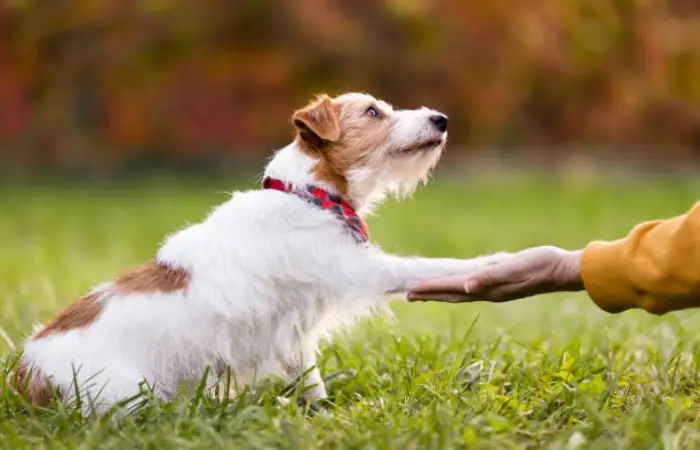A lustrous, well-groomed coat is not only a sign of a healthy pet but also a reflection of the love and care they receive. Grooming plays a crucial role in maintaining your furry friend’s overall well-being, and it’s a bonding experience that strengthens the human-animal connection. In this guide, we’ll explore the essential steps to achieving grooming bliss and ensuring your pet’s coat remains shiny and healthy.
Essential Steps for Pet Grooming Bliss
Brushing Basics
Regular brushing is the cornerstone of a healthy coat. Different breeds have varying coat types, so it’s essential to choose the right brush for your pet. For long-haired breeds, a slicker brush helps remove tangles and prevents matting. Short-haired breeds benefit from a bristle brush to remove loose fur and distribute natural oils. Brushing not only enhances coat shine but also stimulates blood flow to the skin, promoting a healthy coat from the inside out.
Bathing Beauty
While not all pets require frequent baths, maintaining a regular bathing schedule is vital. Use a pet-friendly shampoo that suits your pet’s skin type, and make sure to rinse thoroughly to avoid any residue. Over-bathing can strip the coat of its natural oils, so it’s crucial to strike a balance. Consult with your veterinarian to determine the right bathing frequency for your pet based on their breed, activity level, and overall health. At Maddy Hance, you can find tips, tricks and information about pet care.
Nutrition Matters
A shiny coat starts from within, and proper nutrition plays a key role. Ensure your pet receives a balanced and high-quality diet that supports their coat health. Omega-3 fatty acids, found in fish oil supplements or certain pet foods, contribute to a glossy coat and healthy skin. Consult with your veterinarian to determine the best diet for your pet’s specific needs.
Regular Check-ups
Regular veterinary check-ups are not just for overall health; they also play a crucial role in maintaining a healthy coat. Skin issues, allergies, or underlying health conditions can manifest in the coat’s condition. Addressing these issues promptly ensures your pet’s coat remains in optimal condition.
Nail and Paw Care
Grooming isn’t just about the coat. Regularly trimming your pet’s nails prevents discomfort and potential injuries. Additionally, pay attention to the paw pads, keeping them clean and moisturized to prevent dryness or cracking. A paw balm can be applied to nourish the pads, especially in extreme weather conditions.
Ears and Eyes
Don’t overlook your pet’s ears and eyes during the grooming process. Check for signs of infection, redness, or discharge. Gently clean the ears with a veterinarian-approved solution and use a damp cloth to wipe away any discharge around the eyes. Proper care of these sensitive areas contributes to the overall well-being of your pet.
Positive Reinforcement
Make grooming a positive experience for your pet by incorporating treats, praise, and play into the process. Start grooming sessions gradually, allowing your pet to get accustomed to the tools and handling. Positive reinforcement creates a bond between you and your pet, making grooming a stress-free and enjoyable activity.
Conclusion: Nurturing Bonds Through Thoughtful Pet Care
A shiny and healthy coat is not just aesthetically pleasing; it’s a testament to the care and attention you provide for your pet. By incorporating these grooming practices into your routine, you not only enhance your pet’s physical well-being but also strengthen the emotional connection between you and your furry friend. Remember, grooming is not just a task but an opportunity to shower your pet with love and ensure their happiness and health for years to come.

